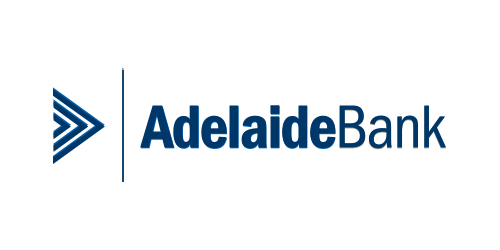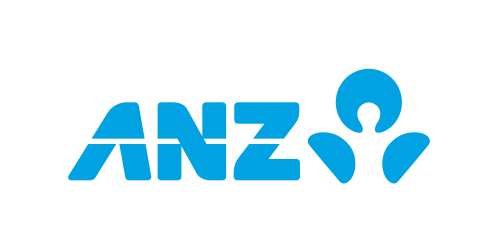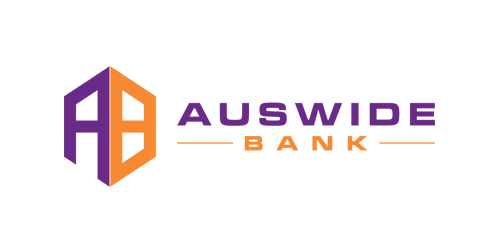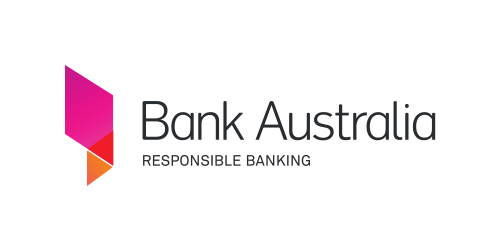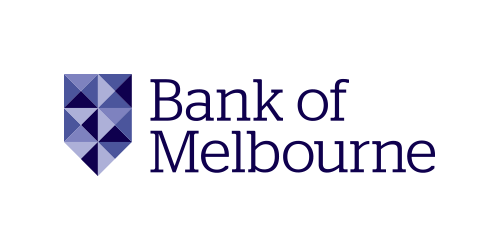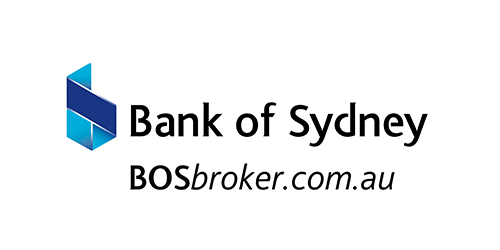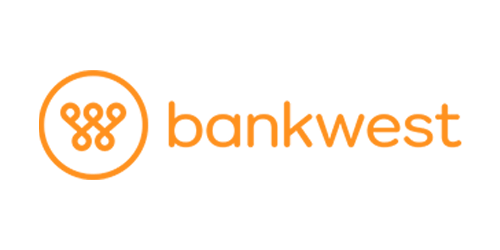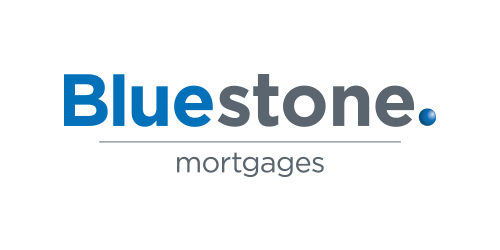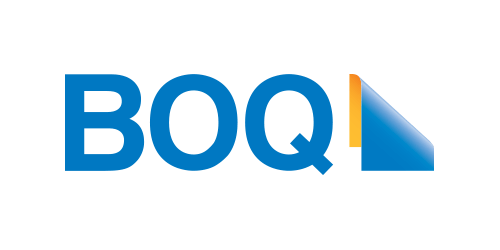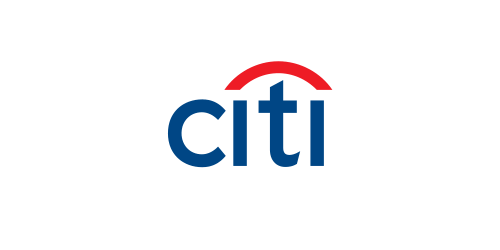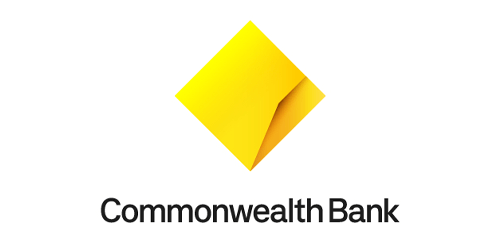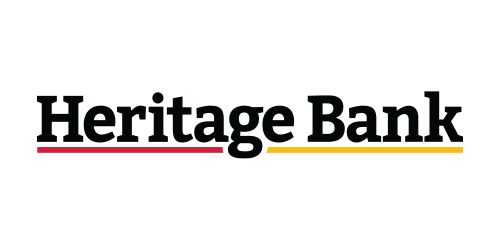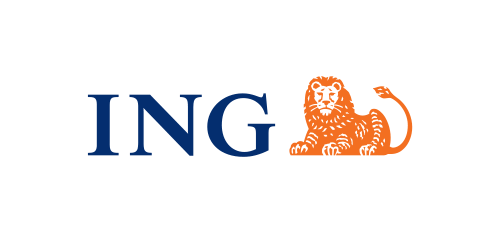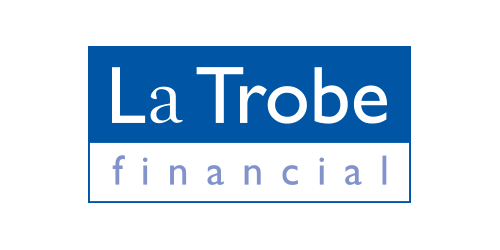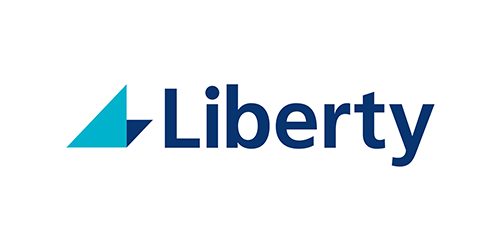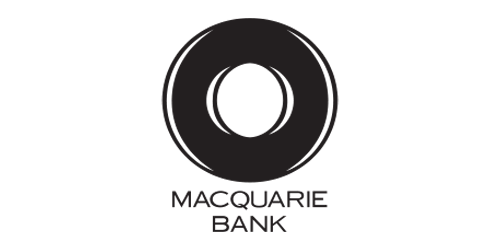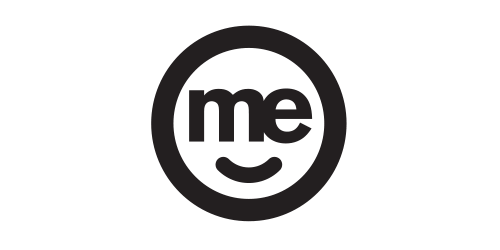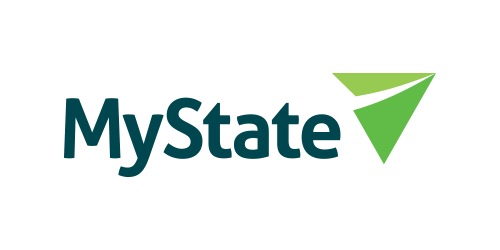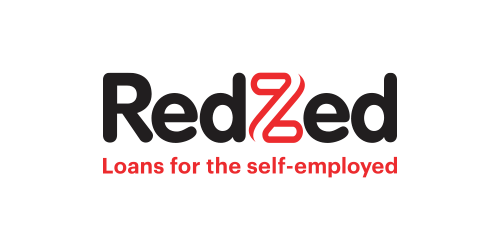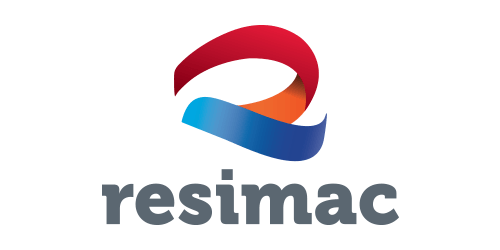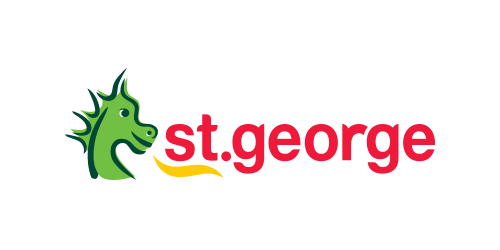Reverse Mortgage Guide
If you’re over 60 and own your own home, consider releasing some of your equity to subsidise your income. A reverse mortgage is designed to help those over 60 enjoy retirement while still living on their property.
Read on for a comprehensive reverse mortgage guide, including the many benefits of this type of loan.

What is a reverse mortgage?
Unlike a traditional mortgage, a reverse mortgage is a loan that allows borrowers to access the unencumbered value of the property.
Designed for retirees that are ‘asset rich’ but ‘cash poor’, a reverse mortgage allows older homeowners to subsidise their retirement income by releasing cash from their home.
There’s no need to pay monthly mortgage payments. Instead, borrowers can access equity through either a lump sum, regular payments, or a line of credit that can be accessed at any time.
How does a reverse mortgage work?
As we’ve said, a reverse mortgage allows you to release equity in your home by using the property as loan security.
The amount of home equity you can release depends on your age and property value. After you borrow money, you can either receive your loan as a lump sum or as a regular income stream.
While reverse mortgages charge interest, you won’t have to make any repayments while still living on your property. Instead, interest compounds throughout the loan and is added to your overall balance.
With reverse mortgages, you can stay in your home for as long as you wish, and it still belongs to you. You only have to pay back your loan balance (with interest and fees) after you decide to sell your home, move into assisted living, or pass away.
To lessen the loan balance, you can make optional repayments if you wish.
Who is it for?
Reverse mortgages are designed for retirees over 60 who own their property or a significant portion of it.
The ideal candidate for reverse mortgages are:
- A retired homeowner who owes little or nothing on their current home.
- An affluent homeowner with investable assets of over $100,000.
- A retiree with a large mortgage balance, with multiple years left to pay it off.
Benefits of reverse mortgages
There are various benefits to taking out a reverse mortgage compared to other types of loans, including the ability to stay on your property and not having to pay tax on your loan payment.
Here are the top benefits of taking out a reverse mortgage:
Subsidise your retirement fund
Many retirees face a significant income drop and struggle to keep up with their financial obligations. Using equity in your home is a fantastic way to supplement your retirement income so you can continue to pay your bills.
You can receive your loan as a lump sum or take out regular monthly payments.
For example: Maureen has recently retired and has a monthly retirement income of $1026.50. She is struggling to keep up with her car payments and utilities and is looking to supplement her income. Luckily, Maureen owns her long-term property outright, worth $700,000. Using a reverse mortgage loan, Maureen is able to release $100,000 of equity from her home in order to supplement her retirement lifestyle.
Stay on your property
Reverse mortgages allow you to remain in your property, so you can carry on enjoying your forever home. While some retirees choose to downsize in their older age, this can cost significant time and money. With a reverse mortgage, you can avoid the costs of buying a new property or renting.
No tax obligations
Funds from a reverse mortgage are classed as loan proceeds, as it’s borrowed against the value of your home and therefore don’t qualify as income. That means you can enjoy the full amount of your loan without paying taxes.
Stay protected with a negative equity guarantee
The negative equity guarantee, sometimes called negative equity protection, is in place to stop reverse mortgage borrowers from owing more on their loan than the property is worth.
This effectively means that you’re protected if the value of your home falls while you’ve taken out a home equity loan.
For example: Richard takes out equity of $350,000, with his property at the time valued at $425,000. After benefiting from the reverse mortgage for seven years, Richard builds up significant interest on the original loan, which is now $400,000. Unfortunately, Richard’s house price has fallen to $375,000, which means he faces negative equity. Luckily, under the home equity guarantee, Richard does not need to pay back the $25,000 owed.
Things to consider before taking on a reverse mortgage
Applying for a reverse mortgage shouldn’t be taken lightly. Here are the main things to consider before using your home as a cash reserve.
Reverse mortgage fees can be high
A reverse mortgage isn’t interest-free. In fact, you’ll pay interest over the loan term, depending on the mortgage provider.
Borrowers also need to pay an origination fee, a mortgage premium, loan servicing fees, and interest, making it a costly way to borrow against your home equity.
You still have loan obligations
Taking out a reverse mortgage means you’ll be obligated to your mortgage lender. Failure to pay could lead to foreclosure on your loan and in turn, your home.
You’ll lose equity in your home
By borrowing against your home equity, you’ll lose part ownership of your property. While this doesn’t matter in the short term, you’ll lose significant cash once your home has sold since the lender needs to make the money back on their loan.
The costs involved in a reverse mortgage loan
The expenses associated with a reverse mortgage depend on various factors, such as the amount borrowed, the manner in which the funds are accessed (e.g., lump sum or instalments), the interest rate, and fees (such as loan establishment, valuation, and ongoing fees).
Additionally, the longer the loan is in effect, the more debt will accrue, and the equity in your home will decline. Your lender or broker must provide you with reverse mortgage projections illustrating the effects on your home equity over time. It’s important to obtain a copy of this projection and review it with your advisor, asking any questions you may have about the impact on your equity.
What is the Home Equity Access Scheme?
The Australian government provides the Home Equity Access Scheme (HEAS), previously known as the Pension Loan Scheme (PLS), to assist eligible seniors in increasing their retirement income by utilising the equity in their property. This reverse mortgage-style loan is based on the homeowner’s equity. It allows retirees, including self-funded retirees, to borrow up to 150% of the full Age Pension entitlement minus their Age Pension. The maximum income available is currently $40,033.50/year for singles and $60,356.40 for couples, which can be received as a lump sum paid in two tranches per year or as a regular fortnightly income stream. To qualify for HEAS, applicants must be homeowners of Age Pension age (currently 67) and satisfy other eligibility criteria.
Learn more about it here.
Interested in a reverse mortgage? Consult with Lendstreet for professional advice.
Are you interested in taking out a reverse mortgage but seeking professional advice? Consider talking to one of our mortgage broker professionals at Lendstreet. We’ll help you find the right reverse mortgage providers to suit your needs.
Chat with one of our Lendstreet professionals today, or contact us here.
Frequently Asked Questions
Are reverse mortgages a cost-effective way to borrow money?
Yes, reverse mortgages allow you to release equity in your home tax-free in either a lump sum or monthly payments. However, be aware that you’ll still pay interest and fees on top of your loan amount.
What is the home equity access scheme?
The home equity access scheme allows older Australians to take out a non-taxable loan using equity in Australian real estate as security.
Other than taking on a reverse mortgage, what other steps can retirees take to access cash?
- Downsizing: Selling the family home and purchasing a smaller, less expensive property could free up cash for retirees. This option will require careful consideration and planning to ensure the new home meets the retiree’s current and future needs. It’s important to remember the stamp duty and other costs of buying and selling property.
- Renting out a portion of the property: Renting out a room or part of the property can generate additional income for retirees. This option, however, requires careful consideration of the legal, financial, and personal implications of having a tenant. Landlord obligations and tax implications should be thoroughly researched.
- Government Assistance: Retirees can check whether they are eligible for government assistance, such as the Age Pension, Commonwealth Seniors Health Card, or Pensioner Concession Card. These programs provide financial support to eligible seniors.
- Equity release alternatives: Retirees can consider alternatives to reverse mortgages, such as home reversion schemes, which involve selling a portion of the property to an investor in exchange for cash. This option can be complex and requires careful consideration. This can include professional legal and financial advice.
- Family assistance: Retirees can consider seeking financial assistance from family members to meet their cash needs. This option should be carefully discussed by all those who will be involved to avoid undue stress.
It’s important to note that each option has its advantages and disadvantages, and retirees should seek professional advice from a qualified financial adviser or mortgage broker to understand the implications of each option before making a decision.
Thousands of home loans from our lending partners
